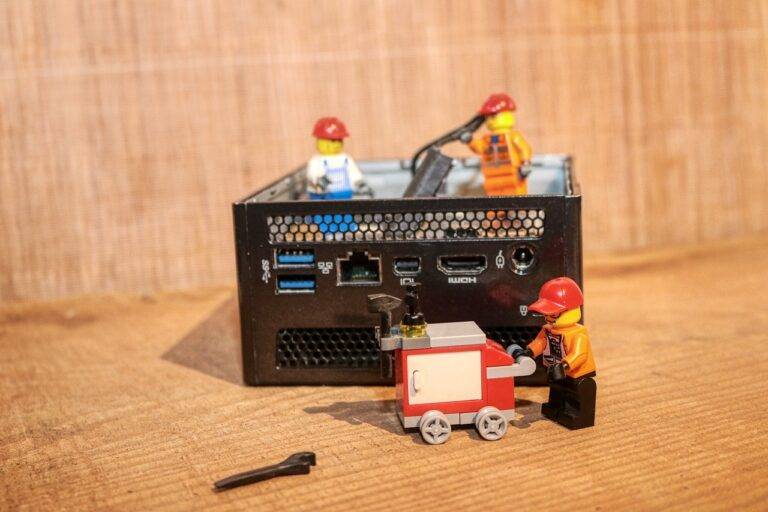The Role of Tech in Bridging Cultural Differences
In today’s interconnected world, cultural differences are more apparent than ever before. With the globalization of economies and the ease of travel and communication, people from diverse backgrounds and cultures are interacting on a daily basis. While this diversity can be enriching and enlightening, it can also present challenges in terms of communication, understanding, and collaboration.
Understanding Cultural Differences
Cultural differences encompass a wide range of elements, including language, customs, beliefs, values, and social norms. These differences can lead to misunderstandings, conflicts, and even barriers to effective communication. In order to bridge these gaps and foster greater understanding and unity, it is essential to leverage technology in innovative ways.
Communication Tools
One of the most powerful ways in which technology is bridging cultural differences is through communication tools. Platforms such as Skype, Zoom, and WhatsApp enable people from different cultures to connect in real-time, regardless of their physical location. These tools make it possible to have face-to-face conversations, share ideas, and collaborate on projects, breaking down barriers that may exist due to language or cultural differences.
Language Translation
Another key role of technology in bridging cultural differences is language translation. Apps like Google Translate and Microsoft Translator allow people to communicate in multiple languages, making it easier to overcome language barriers and facilitate communication between individuals who speak different languages. This technology is invaluable in cross-cultural settings, enabling people to understand each other and work together effectively.
Cultural Education
Technology also plays a crucial role in educating people about different cultures and fostering cross-cultural understanding. Platforms like YouTube, Netflix, and social media enable people to access content from around the world, including films, documentaries, music, and literature. These platforms expose people to diverse perspectives and traditions, helping to break down stereotypes and promote cultural awareness.
Virtual Reality
Virtual reality (VR) is another innovative technology that is being used to bridge cultural differences. VR simulations can transport users to different parts of the world, allowing them to experience new cultures and environments firsthand. This immersive technology can help people develop empathy and appreciation for other cultures, fostering greater understanding and respect.
Collaborative Platforms
Collaborative platforms such as Google Docs, Trello, and Slack are also instrumental in bridging cultural differences. These tools enable teams from diverse backgrounds to work together on projects in real-time, facilitating collaboration, communication, and coordination. By providing a unified platform for sharing ideas and feedback, these tools help to bridge cultural gaps and enable teams to work more effectively together.
Conclusion
Technology has a powerful role to play in bridging cultural differences and fostering greater understanding and unity. By leveraging communication tools, language translation, cultural education, virtual reality, and collaborative platforms, technology enables people from diverse backgrounds to connect, communicate, and collaborate more effectively. As we continue to embrace the digital age, it is essential to harness the power of technology to promote cross-cultural understanding and build a more inclusive and interconnected world.
FAQs
How can technology help bridge cultural differences?
Technology can help bridge cultural differences by enabling real-time communication, language translation, cultural education, virtual reality experiences, and collaborative platforms that facilitate cross-cultural collaboration.
What are some examples of technology that are used to bridge cultural differences?
Examples of technology used to bridge cultural differences include Skype, Google Translate, YouTube, virtual reality simulations, and collaborative platforms like Google Docs and Slack.
Why is it important to bridge cultural differences?
Bridging cultural differences is important because it fosters greater understanding, empathy, and unity among people from diverse backgrounds. By working together to overcome cultural barriers, we can create a more inclusive and harmonious society.





